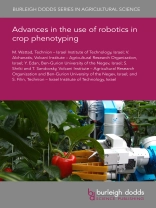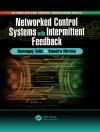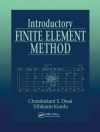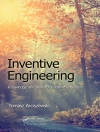This chapter reviews advances in the use of robotics in crop phenotyping. It first highlights the role of robotics in phenotyping, then moves on to discuss three forms of dimensional imaging and analysis: two dimensional (2D), 3D and 4D. A section is dedicated to each. The chapter also provides two case studies, the first focuses on models to detect abiotic stress in corn plants using spectral reflectance and hyperspectral images of plant leaves. The second case study draws attention to biotic stress and compares leaf point spectra and whole plant hyperspectral images in the early detection of Fusarium infection in corn plants.
विषयसूची
- 1 Introduction
- 2 The role of robotics in phenotyping
- 3 Two-dimensional plant imaging and analysis for phenotyping
- 4 Three-dimensional plant imaging and analysis for phenotyping
- 5 Four-dimensional plant imaging and analysis for phenotyping
- 6 Case study: single view 3D reconstruction and analysis for phenotyping
- 7 Case study: abiotic stress
- 8 Case study: biotic stress
- 9 Conclusion and future perspectives
- 10 Where to look for further information
- 11 References
लेखक के बारे में
Dr Yael Edan is Professor in Industrial Engineering at the Ben-Gurion University of the Negev, Israel, where she is Head of the Intelligent Robotics Laboratory and Director of the Agricultural, Biological and Cognitive (ABC) Robotics Initiative. Professor Edan is a member of the IEEE-RAS Special Interest Group on Agricultural Robotics and Automation and was a member of the American Society of Agricultural Engineers. She is involved in a number of EU research projects (including the Sweeper and CROPS Projects) and is internationally renowned for her research in such areas as human-robot collaboration.












